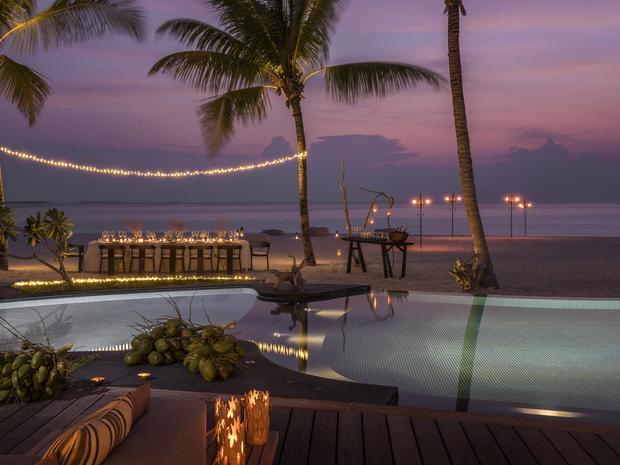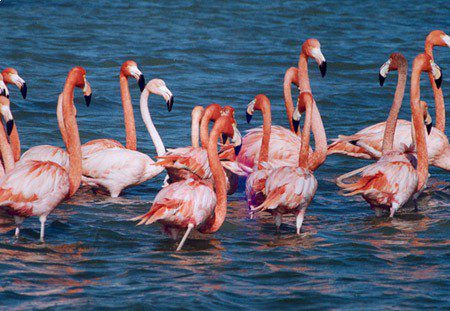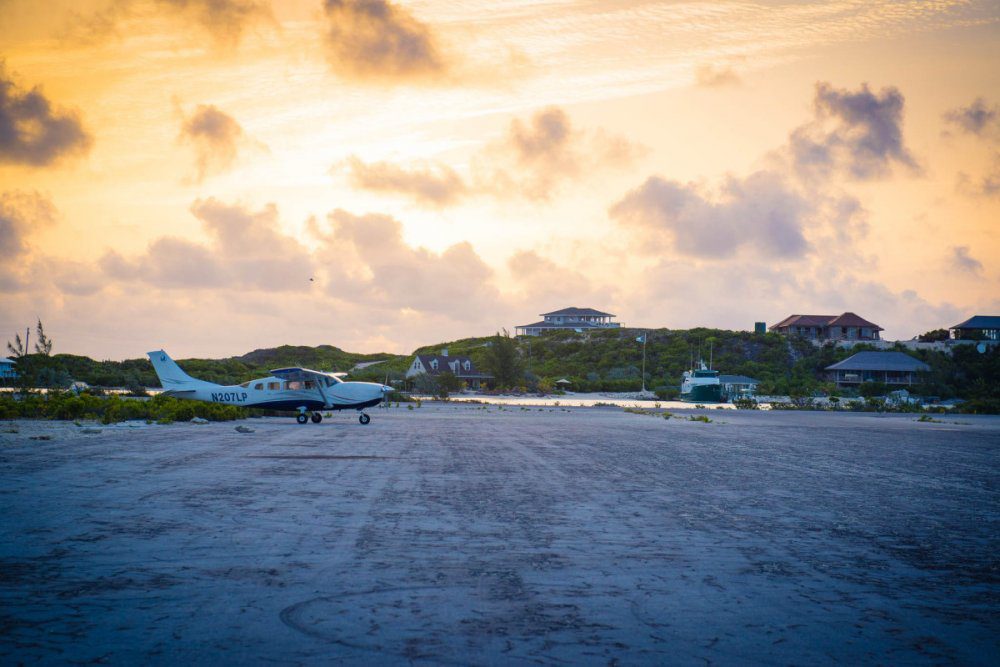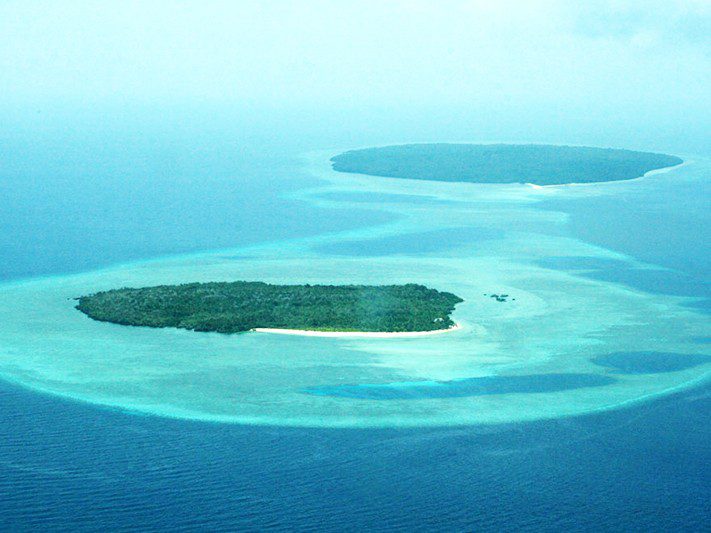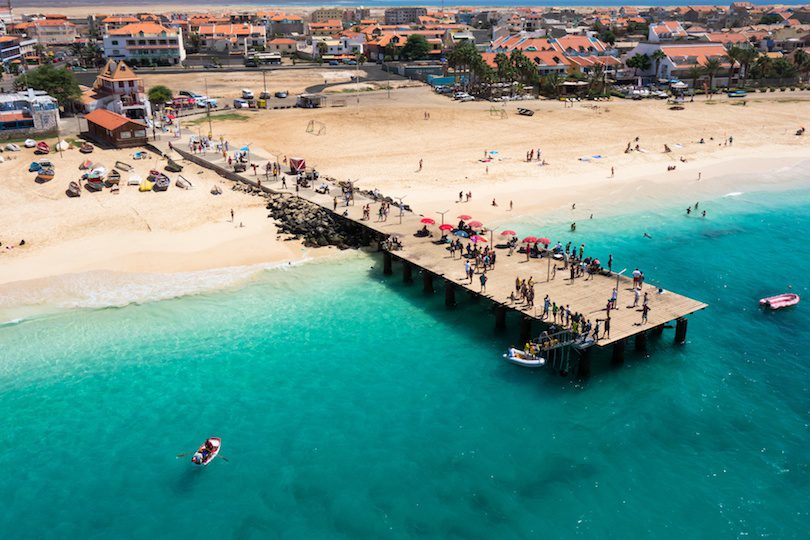Papua New Guinea is an island country located in the western Pacific Ocean. It gained independence from Australia in 1975. It contains a mixture of mountains, forests and swamps. It is also home to about 700 Papua and Melanesia tribes, each with its own language, and most of the population They are subsistence farmers, but some grow cash crops.
Table of Contents
The geographical borders of Papua New Guinea
Papua New Guinea covers an area of 450,000 square kilometers and includes more than 600 small islands and part of the island of New Guinea, where it shares borders with Indonesia, and the island of New Guinea is one of the largest islands in the world.
History of Papua New Guinea
Historians believe that people first arrived in Papua New Guinea about 42,000 to 45,000 years ago and came from Africa. Merchants from Southeast Asia were in contact with the people of Papua New Guinea about 5,000 years ago, but were relatively unknown to Europeans until the 1500s. Spanish explorers.
In the nineteenth century, Germany ruled the northern part of the region until it was taken over by the Australians in 1914 during World War I, and Australia was allowed to administer the area after the war. Meanwhile, the British colonized the southern part in the nineteenth century and became Australian land in 1914. 1905.
In 1971 the name of these separate states was changed to Papua New Guinea and gained independence in 1975.
Language and culture
Papua New Guinea contains 12 percent of the world’s languages, and it is estimated that more than 800 languages are spoken there, although many of those languages are spoken by only 1,000 speakers or less, and the official languages are English, Tok Pisin, and the Heeri language Moto.
Papua New Guinea is one of the most culturally diverse regions in the world. There are hundreds of indigenous ethnic groups in the region. Tribal life is a major component of the PNG culture, and only 18 percent of the population resides in urban areas.
Papua New Guinea climate
Because Papua New Guinea is so close to the equator, its climate is a tropical climate, however, and it is one of the few tropical regions to experience snowfall on the mountain tops of mainland New Guinea.
Plants and animals
Papua New Guinea is home to a wide range of plants and animals, where many endemic and unique species are found in the region from crocodiles to orchids, paradise birds, butterflies and abundant marine life, it is a treasure trove of natural delights, and Papua New Guinea is home to the only poisonous birds in the world Known as the Beast bird.
Crops and industries
Papua Ghania is a largely agricultural country, and the main export crops are cocoa, coffee, and palm oil, while other crops include bananas, taro, sweet potatoes, wild sumac, breadfruit and rice, and at the same time, minerals such as gold, copper, and oil represent 72 Percent of export earnings.
Islam in Papua New Guinea
Islam arrived for the first time in Papua New Guinea in the seventeenth century, and this happened through the trade exchange that took place with China, and the number of Muslims there increased as a result of the migration of large numbers of Muslim workers to it from different countries such as India, Pakistan, Bangladesh, Malaysia and Indonesia, and the Muslim population is estimated there. About 1,000 people, which is a small number, have been neglected for a long period of time, but now there are many efforts seeking to revitalize the Islamic call in Papua.
A modern Islamic association was established in the capital of Papua, and it was recognized by the government. Also, an Islamic center project was launched in the capital of Papua in Ramadan 1409 AH. This project includes a mosque, a school, and a lecture hall. Islamic organizations have paid attention to Muslims in Papua, where they have arrived They have many delegations from the Muslim World League, the Preaching and Praise Authority, and the World Assembly of Muslim Youth, as well as advocacy groups from Australia and Malaysia.
There are some challenges that Islam faces there, where anti-Islam groups are spread, such as Qadiani, Masonic, Christianity and Hinduism, as well as other challenges include ignorance of Islam, lack of information about the Islamic religion, and the lack of sufficient Islamic publications in the English language.
To solve these problems, there is a need to have some preachers who are fluent in the English language, as well as the need to establish Quranic schools, an intermediate school to teach Islamic religion or graduate preachers in an advanced stage, in addition to the need to publish Islamic books in the English language.


